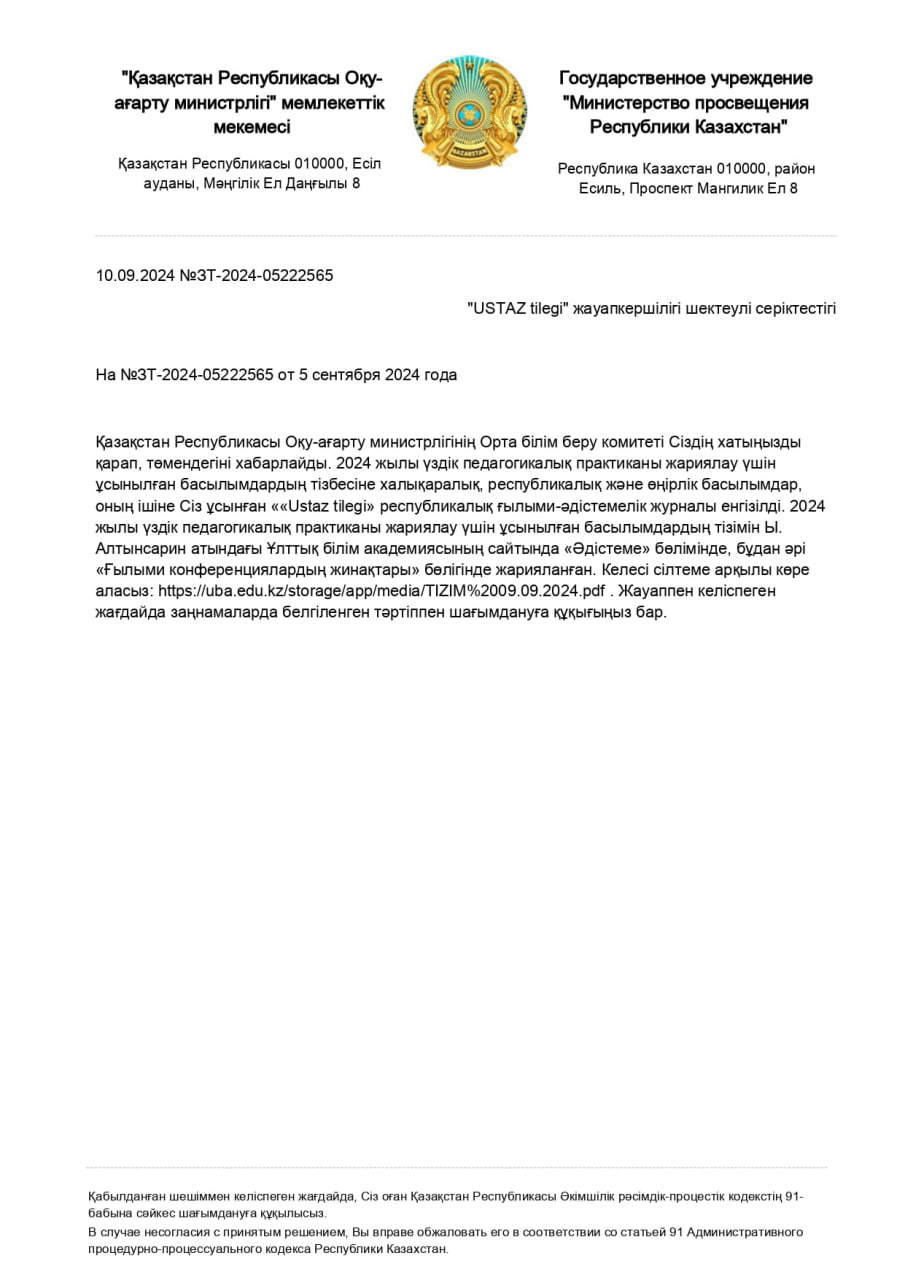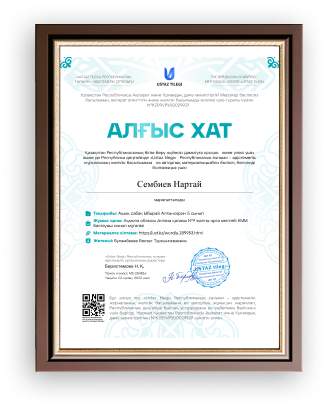
|
|
In Mary Ann Evans’ case, she used a male pen name for all of her seven novels because she wanted people to take her work seriously. In those days, people thought that female authors only wrote romance stories for other women to read. and Evans wanted to escape this idea. She was also known for her work as an editor and critic, and she wanted to separate this work from her writing.
Ex2 Read out the question and discuss ideas as a class.
|
Ex2 Students’ own answers
|
|
|
Ex1 Go over students’ predictions from the Warm-up briefly. • Ask them to read the first part of the story once and check whether their ideas about the main characters were correct. • Check answers with the whole class. • Ask three individual students to read out one question each. • Set a three-minute time limit to read the passage and answer the questions. • Pair stronger students with weaker students to compare their answers before you check answers with the class. • When you check answers, ask students to say which part of the text gave them the answers.
Ex2 Write a list on the board:
• Put students in pairs to predict how the story will continue. Read out the questions and explain that students must guess what the characters will do when they see Maggie’s hair. Encourage them to think of any other ideas about how the story will continue. Monitor and help as necessary. • Choose individual students to share their ideas with the whole class. Write key words on the board, next to the corresponding heading in the list.
Ex3 Set a three-minute time limit for students to read the next part of the story. Tell them not to worry about words they don’t understand. They should focus on the gist (general meaning). • Put students in pairs to discuss whether their predictions were correct. • Discuss this as a whole class. Ask students to think about the information or language in the first part of the story that helped them make predictions. |
Ex1 1 They’re brother and sister. 2 She’s Maggie and Tom’s mother. 3 Her big idea was to cut her hair herself
Ex2 Students’ own answers
|
||
|
Homework |
• Ask students to do some research and find one or more famous authors who wrote under pen names (e.g. Agatha Christie, Stephen King, J.K. Rowling, etc.). Encourage students to make a note of the pen names; titles they wrote with the real name and pen name; why they decided to use a pen name, etc. • Set Exercises 1, 2 and 3 on page 63 and Exercises 4, 5, 6 and 7 on page 64 of the Workbook for homework
|
At the beginning of the next lesson, students can share their findings in class. |
|
|
Additional Information |
|||
|
Differentiation - how do you plan to give more support? How do you plan to challenge the more able learners? |
Assessment - how are you planning to check learners` learning? |
Health and safety check ICT links |
|
|
More support will be given to weaker learners by giving them a modified |
-through questioning and the redirecting of questioning in feedback activities |
-White board and video is used no more than 10 minutes -Use water based pens |
|
|
worksheets in some tasks with greater support |
-through observation in group and end performance activities -through formative task
|
-Health promoting techniques -Breaks and physical activities used. -Points from Safety rules used at this lesson. |
|
|
REFLECTION
|
Answer the most relevant questions to reflect on your lesson. Were the lesson objectives/learning objectives realistic? What did the learners learn? What did/didn’t you like? What was difficult? |
||
жүктеу мүмкіндігіне ие боласыз
Бұл материал сайт қолданушысы жариялаған. Материалдың ішінде жазылған барлық ақпаратқа жауапкершілікті жариялаған қолданушы жауап береді. Ұстаз тілегі тек ақпаратты таратуға қолдау көрсетеді. Егер материал сіздің авторлық құқығыңызды бұзған болса немесе басқа да себептермен сайттан өшіру керек деп ойласаңыз осында жазыңыз
A short biography. Reading a long extract from a novel.
A short biography. Reading a long extract from a novel.
|
|
In Mary Ann Evans’ case, she used a male pen name for all of her seven novels because she wanted people to take her work seriously. In those days, people thought that female authors only wrote romance stories for other women to read. and Evans wanted to escape this idea. She was also known for her work as an editor and critic, and she wanted to separate this work from her writing.
Ex2 Read out the question and discuss ideas as a class.
|
Ex2 Students’ own answers
|
|
|
Ex1 Go over students’ predictions from the Warm-up briefly. • Ask them to read the first part of the story once and check whether their ideas about the main characters were correct. • Check answers with the whole class. • Ask three individual students to read out one question each. • Set a three-minute time limit to read the passage and answer the questions. • Pair stronger students with weaker students to compare their answers before you check answers with the class. • When you check answers, ask students to say which part of the text gave them the answers.
Ex2 Write a list on the board:
• Put students in pairs to predict how the story will continue. Read out the questions and explain that students must guess what the characters will do when they see Maggie’s hair. Encourage them to think of any other ideas about how the story will continue. Monitor and help as necessary. • Choose individual students to share their ideas with the whole class. Write key words on the board, next to the corresponding heading in the list.
Ex3 Set a three-minute time limit for students to read the next part of the story. Tell them not to worry about words they don’t understand. They should focus on the gist (general meaning). • Put students in pairs to discuss whether their predictions were correct. • Discuss this as a whole class. Ask students to think about the information or language in the first part of the story that helped them make predictions. |
Ex1 1 They’re brother and sister. 2 She’s Maggie and Tom’s mother. 3 Her big idea was to cut her hair herself
Ex2 Students’ own answers
|
||
|
Homework |
• Ask students to do some research and find one or more famous authors who wrote under pen names (e.g. Agatha Christie, Stephen King, J.K. Rowling, etc.). Encourage students to make a note of the pen names; titles they wrote with the real name and pen name; why they decided to use a pen name, etc. • Set Exercises 1, 2 and 3 on page 63 and Exercises 4, 5, 6 and 7 on page 64 of the Workbook for homework
|
At the beginning of the next lesson, students can share their findings in class. |
|
|
Additional Information |
|||
|
Differentiation - how do you plan to give more support? How do you plan to challenge the more able learners? |
Assessment - how are you planning to check learners` learning? |
Health and safety check ICT links |
|
|
More support will be given to weaker learners by giving them a modified |
-through questioning and the redirecting of questioning in feedback activities |
-White board and video is used no more than 10 minutes -Use water based pens |
|
|
worksheets in some tasks with greater support |
-through observation in group and end performance activities -through formative task
|
-Health promoting techniques -Breaks and physical activities used. -Points from Safety rules used at this lesson. |
|
|
REFLECTION
|
Answer the most relevant questions to reflect on your lesson. Were the lesson objectives/learning objectives realistic? What did the learners learn? What did/didn’t you like? What was difficult? |
||

шағым қалдыра аласыз















